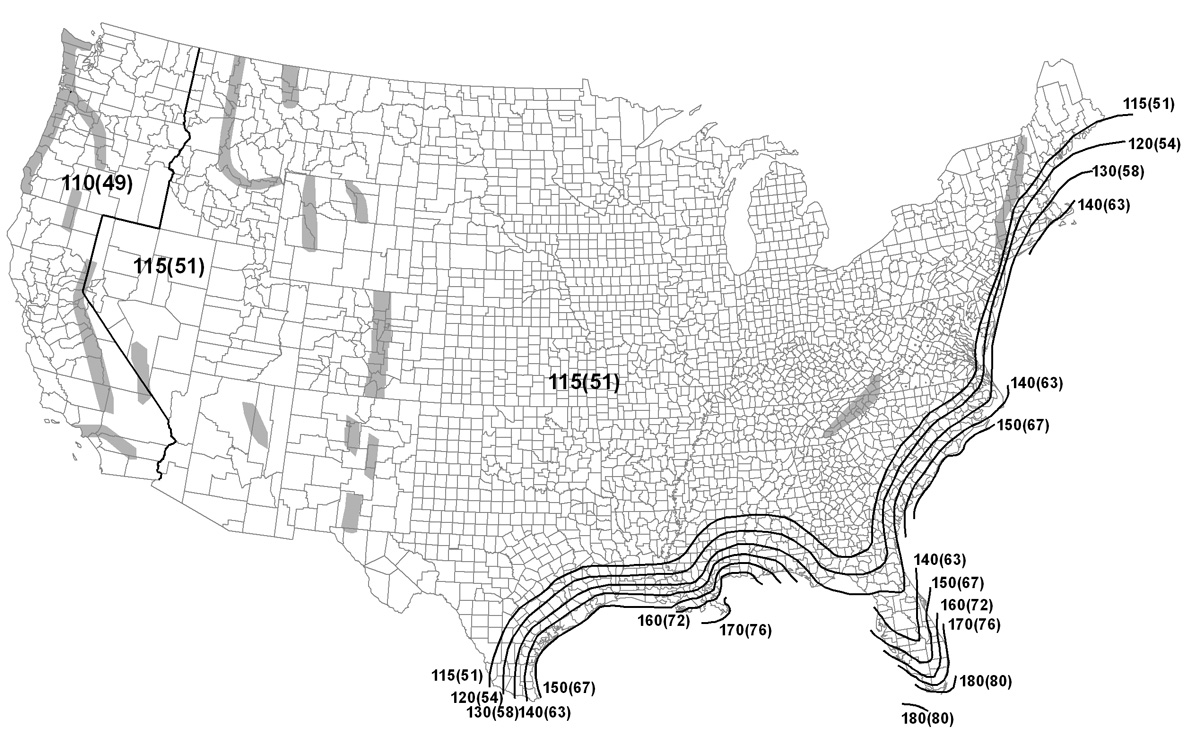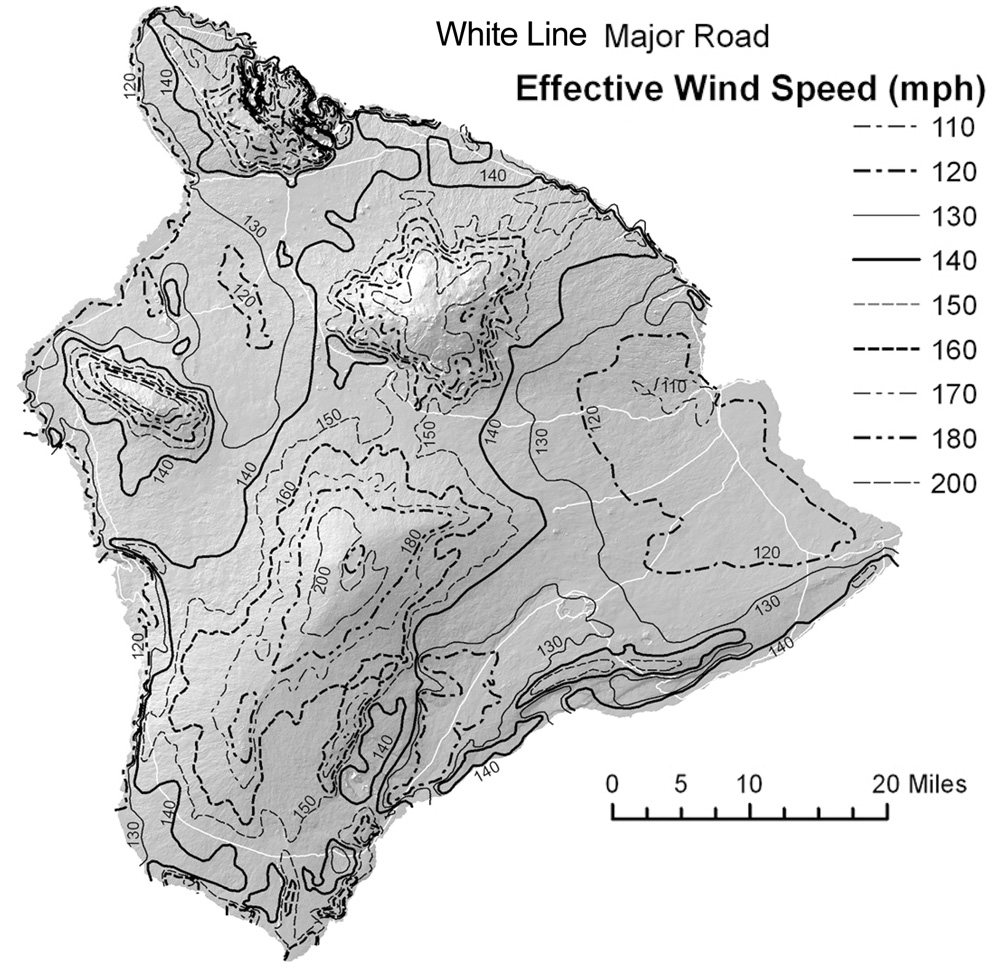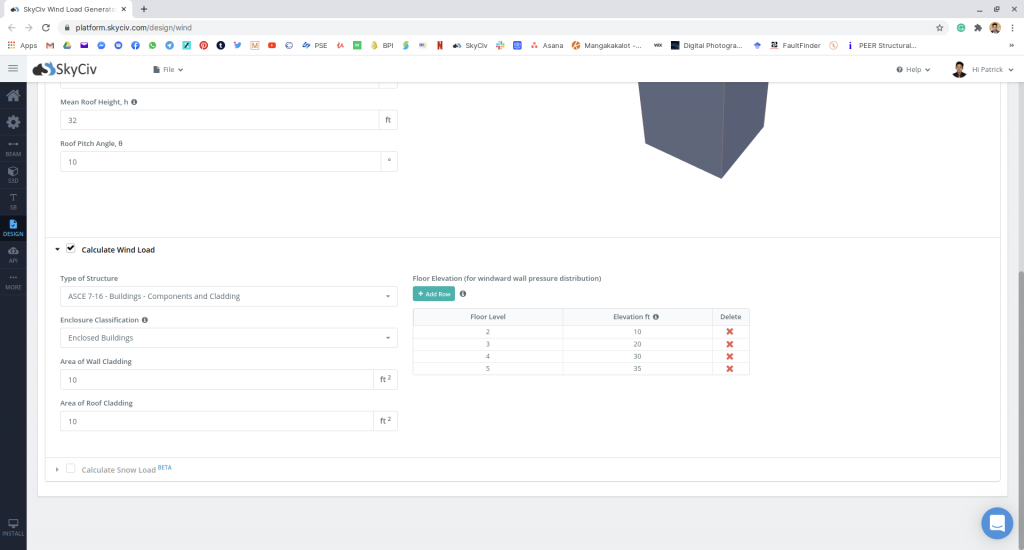
ASCE 7-05: Brace all trapeze assemblies designed to support loads greater than 10 lbs/lf.ASCE 7-10: Brace all conduit equal to or greater than 2-1/2” trade size and all trapeze supported raceways supporting loads equal to or greater than 10 lbs/lf.ASCE 7-05: Brace all conduit greater than 2-1/2” trade size and all trapeze supported raceways supporting loads greater than 10 lbs/lf.that under ASCE 7-05 are likely particularly in areas with high horizontal ground accelerations. Simply put, this reduced anchorage capacity greatly increases the likelihood that anchorage capacity may govern the maximum allowable brace spacing. The over-strength factor results in a significant reduction in anchorage allowable design capacity to the extent that allowable anchor load may govern maximum allowable brace spacing. Single most significant change is the addition of an Omega over-strength factor requirement for anchorages to concrete.

ASCE 7 2010 FREE DOWNLOAD CODE
They do not account for State or Local code amendments (if any). The differences below are directly from ASCE 7 and pertain to structures in Seismic Design Categories C, D, E and F. Per the code updates, there are some changes in the nonstructural requirements for commercial building that may affect your project. ASCE 7-05, the standard referenced in the 20 IBC, has been substituted by ASCE 7-10 in the 2012 IBC. Put the cables close enough together and tighten them up enough that they will always maintain no more than 4" separation under reasonable loads (perhaps the weight of a person standing on one?) RE: Cable Rails, ASCE 7, 4.5.The ASCE 7 Standard Minimum Design Loads for Buildings and Other Structures is the document the International Building Code (IBC) relies on for its structural and nonstructural requirements. Imagine an adult standing next to the rail on the phone with one foot on one of the cables causing it to deflect, his toddler is board and decides to stick his head through the gap, the rest of his body follows or foot is removed, head is stuck, panic ensues. If the cables can be easily be deflected to allow this I would say it is not meeting the intent of the code. That said, the building code requirements to prevent a 4" sphere from passing through is so that a child's head cannot fit between the rails (and possibly get stuck). I would say that ASCE 7 is really only concerned about the strength (not so much the deflection). To be superimposed with the loads specifi ed in either Reactions due to this loading are not required (305 mm byģ05 mm) including openings and space between railsĪnd located so as to produce the maximum loadĮffects. Horizontally applied normal load of 50 lb (0.22 kN) Intermediate rails (all those except the handrail),Īnd panel fillers shall be designed to withstand a Serve an occupant load not greater than 50. Factory, industrial, and storage occupancies, inĪreas that are not accessible to the public and that The preceding paragraph, and this load need not beĬonsidered for the following occupancies:Ģ.

This load need not beĪssumed to act concurrently with the load specifi ed in

Per linear foot) (0.73 kN/m) applied in any directionĪlong the handrail or top rail. Load effect on the element being considered.įurther, all handrail and guardrail systems shallīe designed to resist a load of 50 lb/ft (pound-force The supports to the structure to produce the maximum

Handrail or top rail and to transfer this load through (0.89 kN) applied in any direction at any point on the 4.5.1 Loads on Handrail and Guardrail SystemsĪll handrail and guardrail systems shall beĭesigned to resist a single concentrated load of 200 lb


 0 kommentar(er)
0 kommentar(er)
